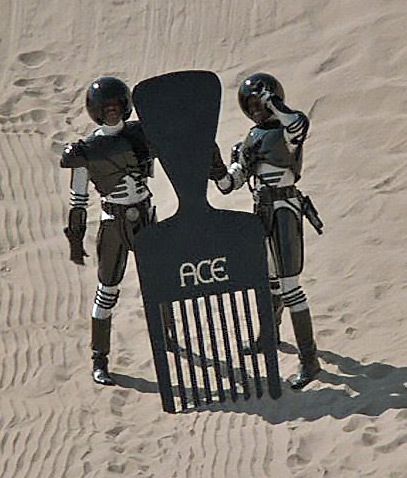Aaaaaaahhhh,
A bit of advice, save the motor grain paperwork in a folder until the motor is flown. If a CATO occurs, the specific manufacturers numbers are available for perusal otherwise, I'd say it's a waste of time to send in a report that doesn't identify the batch of
propellant. Kurt
That's true iff the problem is related to the batch, but a more nearly complete set of MESS reports could also help identify problems with instructions. I suspect one reason people don't file them is because they think they did something wrong in preparation of the motor. Those data have value also.





